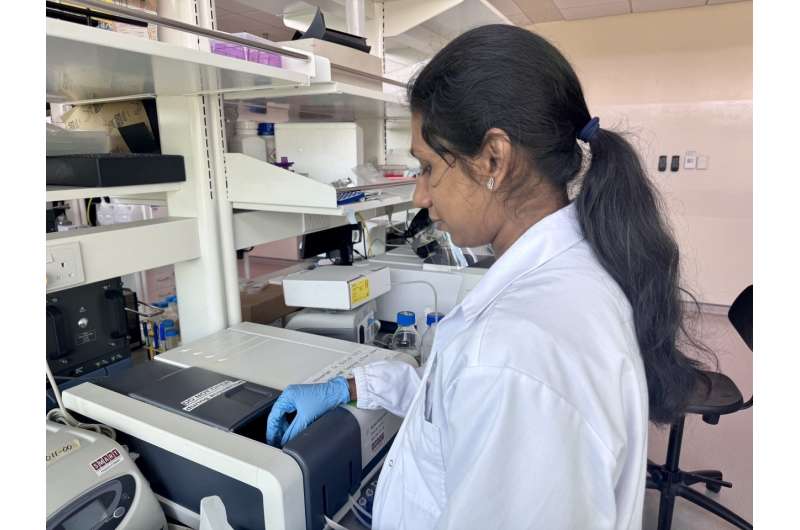Rapid Contamination Detection in Cell Therapy Products
Researchers from the Singapore-MIT Alliance for Research and Technology (SMART) have developed a groundbreaking method to quickly detect microbial contamination in cell therapy products (CTPs) during manufacturing. This innovative technique combines ultraviolet (UV) light absorbance spectroscopy with machine learning to identify contamination patterns, significantly reducing the testing time from up to 14 days to under 30 minutes.

Cell therapy represents a promising frontier in medicine, particularly in treating cancers, inflammatory diseases, and chronic degenerative disorders. However, ensuring the sterility of CTPs remains a significant challenge in their manufacturing process. Traditional sterility testing methods are labor-intensive and time-consuming, taking up to 14 days to detect contamination. While rapid microbiological methods (RMMs) can reduce this time to 7 days, they still require complex processes and skilled personnel.
The new method addresses these challenges by providing a label-free, non-invasive, and real-time contamination detection system. By measuring the UV absorbance of cell culture fluids and utilizing machine learning to recognize patterns associated with microbial contamination, this technique offers a simple, cost-effective, and automated solution for preliminary sterility testing.
“This rapid, label-free method is designed to be a preliminary step in the CTP manufacturing process,” said Shruthi Pandi Chelvam, Senior Research Engineer at SMART CAMP and first author of the study. “It allows users to detect contamination early and implement timely corrective actions, ultimately accelerating the overall manufacturing timeline.”
The technique eliminates the need for cell staining, extraction, and growth enrichment media, making it less labor-intensive and more efficient. According to Prof Rajeev Ram, Principal Investigator at SMART CAMP, this method supports automated cell culture sampling at designated intervals, reducing manual tasks and enabling continuous monitoring of cell cultures.
Future research will focus on broadening the method’s application to detect a wider range of microbial contaminants and testing its robustness across various cell types. The technique also holds potential applications in the food and beverage industry for microbial quality control testing.
The study, titled “Machine learning aided UV absorbance spectroscopy for microbial contamination in cell therapy products,” was published in the journal Scientific Reports. The research was conducted in collaboration with Massachusetts Institute of Technology (MIT), A*STAR Skin Research Labs (A*SRL), and National University of Singapore (NUS).


